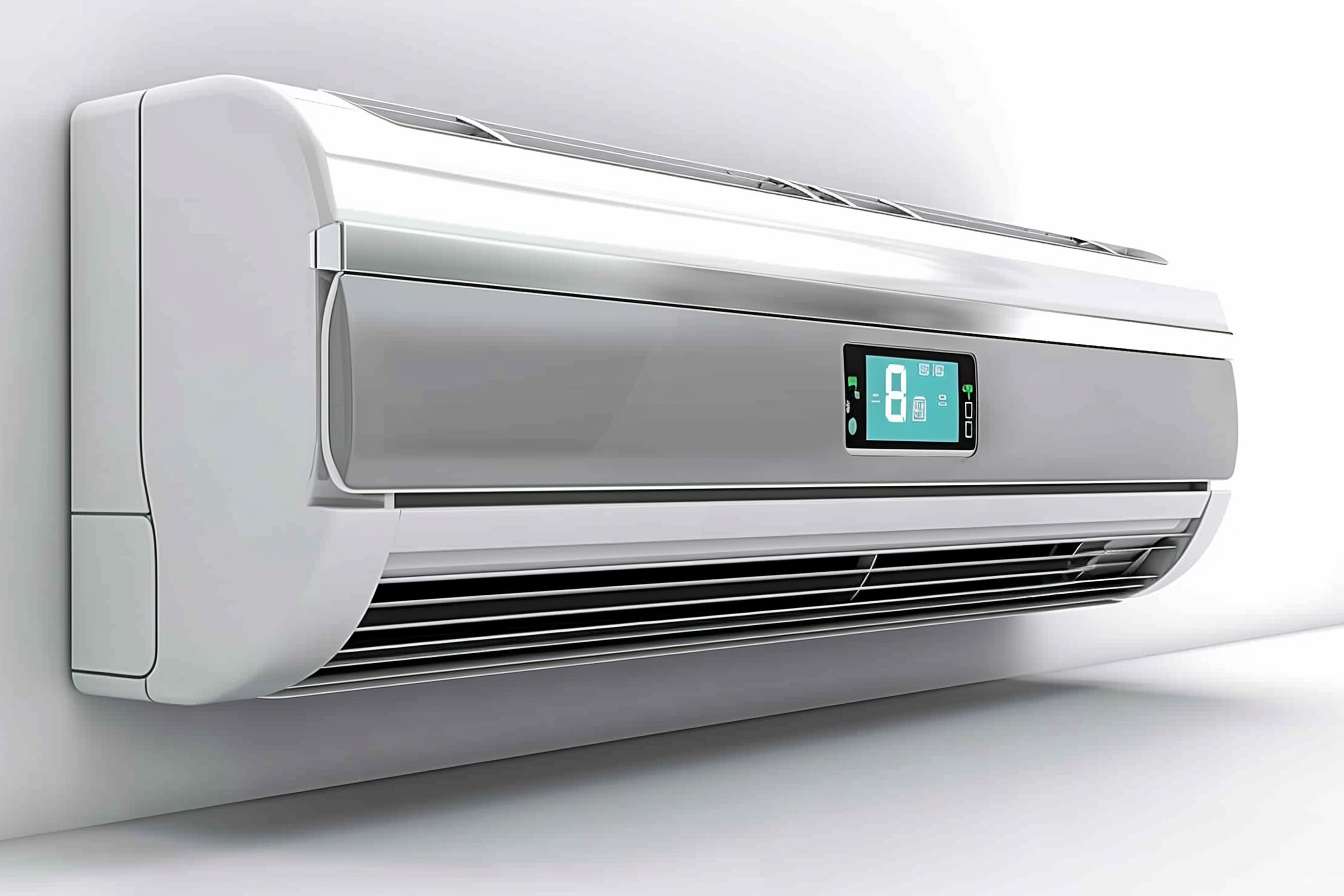Medical Assistant Training: Launching Your Healthcare Career
Medical assistant training programs offer a promising pathway into the healthcare field, equipping students with the skills needed to support physicians and other medical professionals in various healthcare settings. These programs combine classroom instruction with hands-on training to prepare individuals for the diverse responsibilities of a medical assistant role.

How long does it take to complete medical assistant training?
The duration of medical assistant training can vary depending on the program and institution. Certificate programs may be completed in as little as 9 to 12 months, while associate degree programs typically take about two years. Some schools offer accelerated programs that can be finished in even less time. The length of the program often correlates with the depth of knowledge and hands-on experience provided, so students should carefully consider their career goals when choosing a program.
What are the career prospects for trained medical assistants?
The healthcare industry is experiencing steady growth, and medical assistants are in high demand. According to the U.S. Bureau of Labor Statistics, employment of medical assistants is projected to grow 16% from 2021 to 2031, much faster than the average for all occupations. Trained medical assistants can find employment opportunities in various settings, including physicians’ offices, hospitals, outpatient clinics, and specialty practices. With experience and additional education, medical assistants may advance to supervisory roles or specialize in areas such as ophthalmology or podiatry.
What skills are essential for success in medical assistant training?
Successful medical assistants possess a combination of technical knowledge and interpersonal skills. During training, students should focus on developing strong communication abilities, as they will interact frequently with patients and healthcare professionals. Attention to detail is crucial for accurately recording patient information and performing clinical tasks. Additionally, adaptability and the ability to multitask are important in the fast-paced healthcare environment. Proficiency in using electronic health record systems and basic computer skills are also valuable assets in this field.
How do classroom and hands-on training complement each other?
The integration of classroom instruction and hands-on training is a key component of medical assistant programs. Classroom sessions provide the theoretical foundation, covering topics such as medical ethics, anatomy, and healthcare regulations. This knowledge is then applied in laboratory settings where students practice clinical procedures like taking vital signs, performing electrocardiograms, and administering injections. Many programs also include externships or clinical rotations, allowing students to work alongside experienced professionals in real healthcare settings. This combination of theory and practice ensures that graduates are well-prepared for the diverse challenges they may face in their careers.
| Training Component | Description | Duration (Typical) |
|---|---|---|
| Classroom Instruction | Covers medical theory, terminology, and administrative skills | 6-12 months |
| Laboratory Practice | Hands-on training in clinical procedures and equipment use | 2-4 months |
| Clinical Externship | Real-world experience in healthcare settings | 1-3 months |
Prices, rates, or cost estimates mentioned in this article are based on the latest available information but may change over time. Independent research is advised before making financial decisions.
How can prospective students choose the right medical assistant training program?
When selecting a medical assistant training program, prospective students should consider several factors. Accreditation is crucial, as it ensures the program meets established quality standards and may be required for certification. The curriculum should be comprehensive, covering both clinical and administrative aspects of the role. Prospective students should also evaluate the program’s facilities, faculty qualifications, and job placement rates for graduates. Additionally, flexible scheduling options and financial aid availability may be important considerations for some students. Visiting the campus or attending an information session can provide valuable insights into the program’s culture and resources.
Medical assistant training provides a solid foundation for individuals looking to enter the healthcare field. With a combination of classroom learning and practical experience, these programs prepare students for the diverse and rewarding responsibilities of a medical assistant. As the healthcare industry continues to grow, trained medical assistants will play an increasingly vital role in ensuring efficient and effective patient care.
This article is for informational purposes only and should not be considered medical advice. Please consult a qualified healthcare professional for personalized guidance and treatment.






